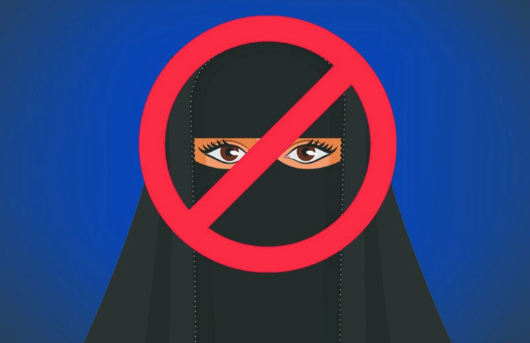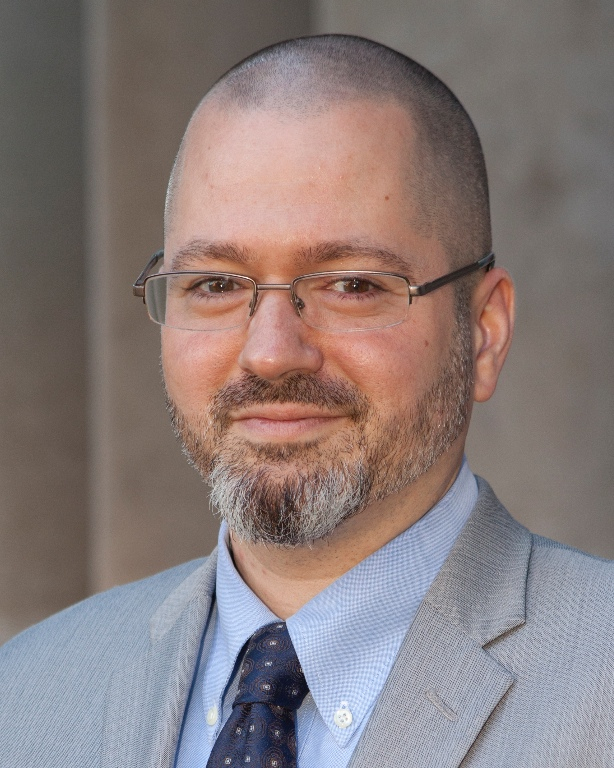Something Rotten in the State of Denmark
The recent decision by the Danish parliament to ban the burka and niqab was not as severe as its most vocal proponents desired
 The recent decision by the Danish parliament to ban the burka and niqab was not as severe as its most vocal proponents desired. Prison time will not be a mandatory punishment, for instance. Nor is the law as wide-ranging as many Danes, including those opposed to or ambivalent about the ban, had hoped. A loophole was added so that Danes wearing ski masks or similarly face-concealing cold-weather gear will not be arrested, something several Danish Muslims I spoke to recently insisted would be part of the implementation of the law, because, they said, no value is more important to Danes than equality in all things, even policing.
The recent decision by the Danish parliament to ban the burka and niqab was not as severe as its most vocal proponents desired. Prison time will not be a mandatory punishment, for instance. Nor is the law as wide-ranging as many Danes, including those opposed to or ambivalent about the ban, had hoped. A loophole was added so that Danes wearing ski masks or similarly face-concealing cold-weather gear will not be arrested, something several Danish Muslims I spoke to recently insisted would be part of the implementation of the law, because, they said, no value is more important to Danes than equality in all things, even policing.
This law disproves that popular myth (as does so much in contemporary Danish life, from the ostentatious display of wealth via fancy cars to the equally striking selective police presence in minority neighborhoods). The burka ban, as it is popularly known, was campaigned for and celebrated by the far-right Danish Folkeparti, a political party known for its hyperbolic anti-immigrant rhetoric. When the law passed, the party sent out a happy tweet containing the image of a brown-skinned woman, her face veiled, a “no symbol” slashed in red across her face. It is a revealing image, from the care given to eroticize the deep brown eyes, augmented by thick lashes and dark eyeliner, to the bluntness of the visual imagery: a Muslim stamped with the mark of rejection, a dark-skinned woman violently defaced.
Danish Muslims—and human rights supporters—have long pointed out that the regulation of women’s clothing choices in the name of women’s freedom has a strange twist to it. Indeed, one understanding of the present law, popular among Muslim men I talked to, was that the police, upon confronting a woman with her face veiled, would simply “take her home to her husband,” as if the law were nothing more than a gentleman’s agreement between two patriarchies, with only a mild disagreement over how they want to control their women.
The punishment will, in fact, be fines, increasing in severity depending on the number of times one gets caught violating the law. But the law’s importance is rhetorical, a real-life instantiation of that Folkeparti image. Women in burkas and niqabs will be stopped on the street by Danish police. While many Muslims are already well aware that they are not welcome in Denmark, this will now play out as public street theater.
Folkeparti politicians have a history of insisting that Muslims cannot integrate as Muslims into Denmark, defining “Islam” as a set of beliefs and practices at radical odds with a “Danishness” articulated in contrast to it. If Americans missed this most recent news from Denmark, it may have been because our own culture of celebrity was dominating the news cycle. President Trump met in the Oval Office with Kim Kardashian West (to discuss prison reform) and publicly pondered the pardoning of two of his fellow reality television stars (Martha Stewart and Rod Blagojevich). Another celebrity, whose recent, short-lived comeback was in many ways predicated on Trump’s rise, was busy tweeting as well: Roseanne Barr, in between anti-Semitic conspiracy theories and racist jibes, tweeted “ISLAM is not a RACE, lefties,” the point being that speech reviling Muslims (since “Islam contains EVERY RACE of people”) cannot be racist.
Danish anti-Muslim sentiment is a textbook example of how race is more complicated than that. A category imposed on select peoples, contingent upon specific historical contexts, race can be arbitrary in relation to ancestry and physical markers. Religious communities have been racialized not despite their otherwise diverse populations but because of them. Consider the racialization of Mormons in the early days of the settlement of Utah, as chronicled by W. Paul Reeve in Religion of a Different Color: Race and the Mormon Struggle for Whiteness (Oxford, 2015).
In Denmark, “Islam” and “Muslim” are terms popularly used to denote a racial category, one including a broad spectrum of brown- and black-skinned peoples. “Muslim” is a catch-all for non-white immigrants, refugees, and others considered alien to Danish culture. Groups of dark-skinned kids hanging out in public are described as “Muslim gangs.” As a racial term, “Muslim” carries a valence of threat and the implication that assimilation is impossible. Whenever “Muslim” is mentioned, “extremist” is lurking in the shadows. When pressed, many Danes describe the “Muslim race” as “tribal,” from countries and representing a culture they take to be utterly different, in terms of social structure and values, from Denmark’s. Popular markers of this, mobilized by the far right, are gay rights, women’s rights, and animal rights—all areas in which laws can be pursued, from those restricting halal slaughter to those regulating dress for women.
As such, the process of racialization is double-edged: in reaction to the perceived “Muslim threat,” Danes are actively constructing an essential Danish identity. Insisting that such basic Danishness was taken for granted in the past, aspects of culture that counterbalance obvious and visible aspects of Islamic culture (dress, foodways, even circumcision) have been mobilized, particularly by the Folkeparti, as necessary elements of what it means to be a Dane. These elements are understood to be under threat and thus to require the support of law. Municipalities have passed laws requiring pork to be served in public schools, for instance, and a ban on circumcision continues to be discussed.
As the burka ban and accompanying Folkeparti tweet make clear, racialization is also gendered, drawing its strength from various fears and desires about sexuality and sexual relations. Americans know this all too well, from the importance of white female purity in the post-Civil War “Lost Cause” ideology to the current paranoia about immigrant mothers and children, manifesting in vicious and inhumane policing practices at the border and in detention camps across the country.
Anti-Muslim sentiment in Denmark hinges on an idea of Islam as threatening and oppressive, first and foremost to Muslim women, prisoners of their own culture. The Folkeparti image can be read that way, too, the attractiveness of the face contrasting with the red slash that has imprisoned her. There is an erotic fantasy at play in this image, as there is in so much rhetoric of racist violence. The woman represented here is the object of a gaze, which, of course, is what the law is all about. Is enough of the racialized body on display, available for scrutiny (whether legal examination or erotic appreciation)?
Indeed, despite popular rhetoric about gender equality—a variant on the deeply held myth of social equality in general—this new Danish law shows to what degree women are treated as objects in legal and political, as well as social, practice. Understanding women to be, rather than agents, merely objects of an “Islam” imagined as threatening and oppressive, the Folkeparti and its supporters (a broad and frankly terrifying “center-right” coalition) approach women as objects for their own agenda.
Surely there will be protests, and—like recent protests over a chain grocery store’s refusal to hire women wearing the hijab—many of these protests will consist of Muslim women and be led by Muslim women, with Muslim women speaking to the media and advancing their own arguments in favor of the niqab and burka, in Danish and in the rhetoric of feminism. Then the Danish right will have to double down, arguing against women’s agency by insisting that such agency isn’t really agency at all. Maybe they’ll borrow a page from Roseanne Barr and claim that Islam doesn’t permit freedom. For the “Islam” Danes most fear is a creature of their own imaginings—and their own desires.
Image Credit: Dansk Folkeparti/Twitter
 Spencer Dew (PhD’09) is visiting assistant professor at Denison University. He was previously at Centenary College of Louisiana, where he taught a May-term travel course on issues of religion, national identity, law, and race in Denmark. His book on religious movements indebted to the thought of Noble Drew Ali—the Moorish Science Temple of America, Nuwaubian Yamassee, and Washitaw de Dugdahmoundyah movements—is forthcoming from the University of Chicago Press. Spencer Dew (PhD’09) is visiting assistant professor at Denison University. He was previously at Centenary College of Louisiana, where he taught a May-term travel course on issues of religion, national identity, law, and race in Denmark. His book on religious movements indebted to the thought of Noble Drew Ali—the Moorish Science Temple of America, Nuwaubian Yamassee, and Washitaw de Dugdahmoundyah movements—is forthcoming from the University of Chicago Press. |
Sightings is edited by Brett Colasacco (PhD’18). Sign up here to get Sightings by email. You can also follow us on Facebook and Twitter.

